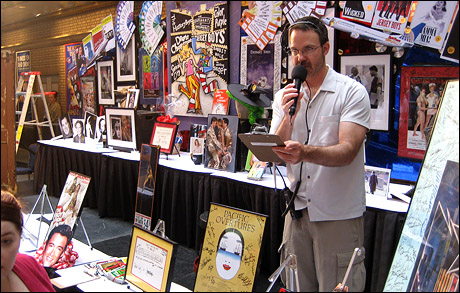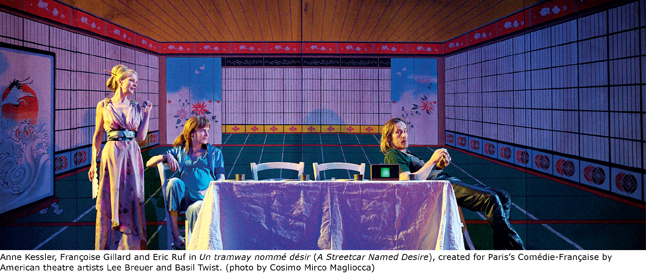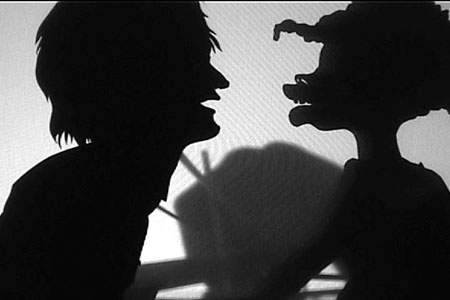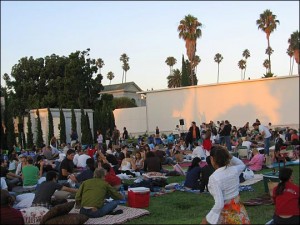After our conversation on Mac Wellman, I would love to share information and links to some avant garde theatre artists (especially in dance theatre) who have immensely inspired me. Here’s a list:
1. Pina Bausch, who created the Tanztheater Wuppertal in Germany, is famous for having created a beautiful relationship between dance and theatre. Here is a link to her website: Pina Bausch. If you’ve ever seen Pedro Almodovar’s “Talk to Her,” two of her famous dances appear at the beginning and end of the film (it’s a great film if you haven’t seen it!). She also has a film that was just released in Europe called “Pina,” (excellent overview of her life’s work). Her work is easily searchable on youtube.
2. Robert Wilson is another avant garde gold mine. “Einstein on the Beach,” one of his more famous pieces we studied in drama lit, is only one of his many amazing achievements. Here is a youtube link to his piece called, “Shakespeare’s Sonnets”: Robert Wilson. There are many more videos online. I watched a new documentary about him ad his life’s work (which started in the Judson Church Postmodern Dance scene) called “Absolute Wilson.” It can be found on Netflix.
3. Marie Chinourd is a choreographer from Montreal who I love! Her work is hypersexual and provocative. I’m providing two links: The first is “Body Remix,” a piece which is a few years old, and the second is “Le Trous du ciel,” a newer piece I actually just stumbled upon researching her for this post!
4. Philippe Genty is a dance theatre puppet artist whose work I saw in Paris. UNBELIEVABLE. Here is the link to his work I saw in France: Philippe Genty. He also has a website.
5. Lastly, I want to bring up Martha Clarke an artist who I recently stumbled upon. Her work is brilliant and multi faceted, pulling from several different genres and forms. I bring her up is because she has a new piece coming to Arts Emerson in November called “Angel Reapers.” I’ve attached the link to the show information, so get tickets!!! It’s a collaboration with playwright Alfred Uhry about the American Shaker movement. It looks fascinating and I will be getting tickets (anyone want to join?).
I should also note that Laurie Anderson, who many of you know as the creator of “Free Fall,” from Freshmen 1st Semester Movement, is performing some of her theatre work at Arts Emerson this weekend. I’m going Sunday, so definitely let me know if you’re interested in joining. Here’s the link: Laurie Anderson
Most of this information I acquired from word of mouth and an insatiable curiosity. Youtube has been my best friend in exploring the work of these artists, so consider sitting down for an hour once a week and just letting keywords move you through your online search of these artists, the folks who have inspired them and the artists who are emerging as their successors. Bonne chance!
 Last week when I read Mac Wellman's Antigone, I had a hard time deciphering why I couldn't connect with the piece. Following our discussion in class, I realized how much I must relish each part of the play's puzzle, as everything is integral. Even just hearing the words aloud helped to better bring the story to my mind's eye. But one of the things in our discussion that intrigued me most was the reference to the play's silences. We live in a culture where silences are seldom savored, so to allow myself to accept and enjoy the silences of the play opened up a whole new way of reading.
Last week when I read Mac Wellman's Antigone, I had a hard time deciphering why I couldn't connect with the piece. Following our discussion in class, I realized how much I must relish each part of the play's puzzle, as everything is integral. Even just hearing the words aloud helped to better bring the story to my mind's eye. But one of the things in our discussion that intrigued me most was the reference to the play's silences. We live in a culture where silences are seldom savored, so to allow myself to accept and enjoy the silences of the play opened up a whole new way of reading.




 My second love, or rather, my equivalent love to theatre will always be film. I am as avid a theatre-goer as I am a cinephile. We live in an age where film technology and it's relevance to our culture is advancing at rapid rates, influencing people artistically and emotionally. For some reason, the theatre world and the film world are constantly at an existential divide. Yes, both are different mediums and different artistic beasts; but if they collaborate and aid one another creatively, beautiful things can happen. Roundabout's 2010 production of Brief Encounter and their presentation of the Menier Chocolate Factory's 2008 production of Sunday in the Park with George are two great examples of how film technology can enter into the world of the theatre and enhance the experience. Both used film and/or digital technology to bring their stories to life, not to demean or dilute them.
My second love, or rather, my equivalent love to theatre will always be film. I am as avid a theatre-goer as I am a cinephile. We live in an age where film technology and it's relevance to our culture is advancing at rapid rates, influencing people artistically and emotionally. For some reason, the theatre world and the film world are constantly at an existential divide. Yes, both are different mediums and different artistic beasts; but if they collaborate and aid one another creatively, beautiful things can happen. Roundabout's 2010 production of Brief Encounter and their presentation of the Menier Chocolate Factory's 2008 production of Sunday in the Park with George are two great examples of how film technology can enter into the world of the theatre and enhance the experience. Both used film and/or digital technology to bring their stories to life, not to demean or dilute them.
